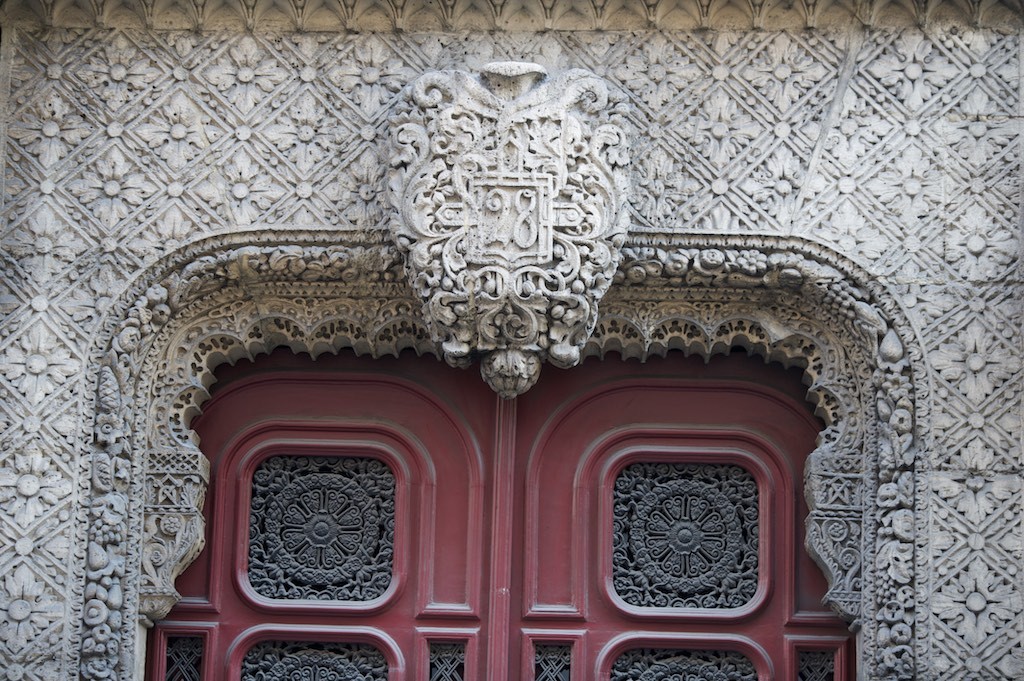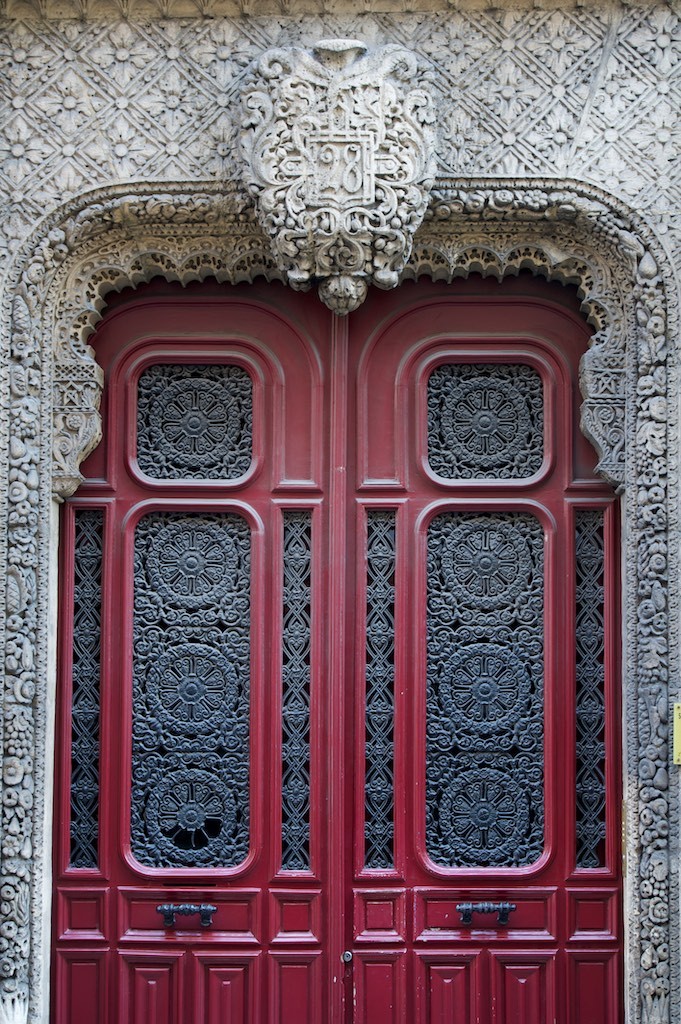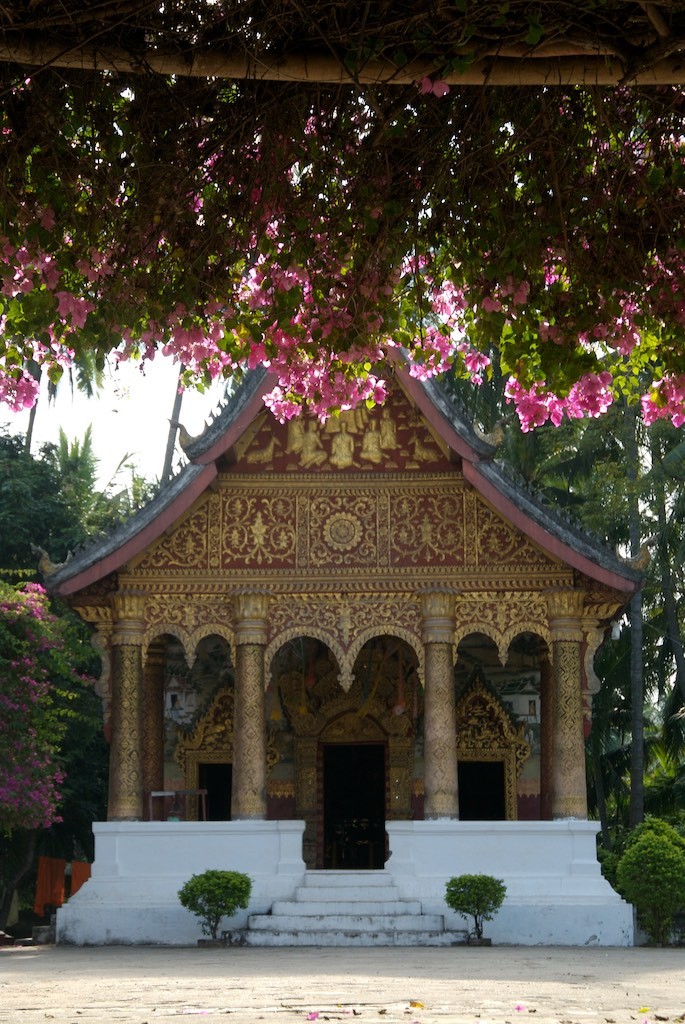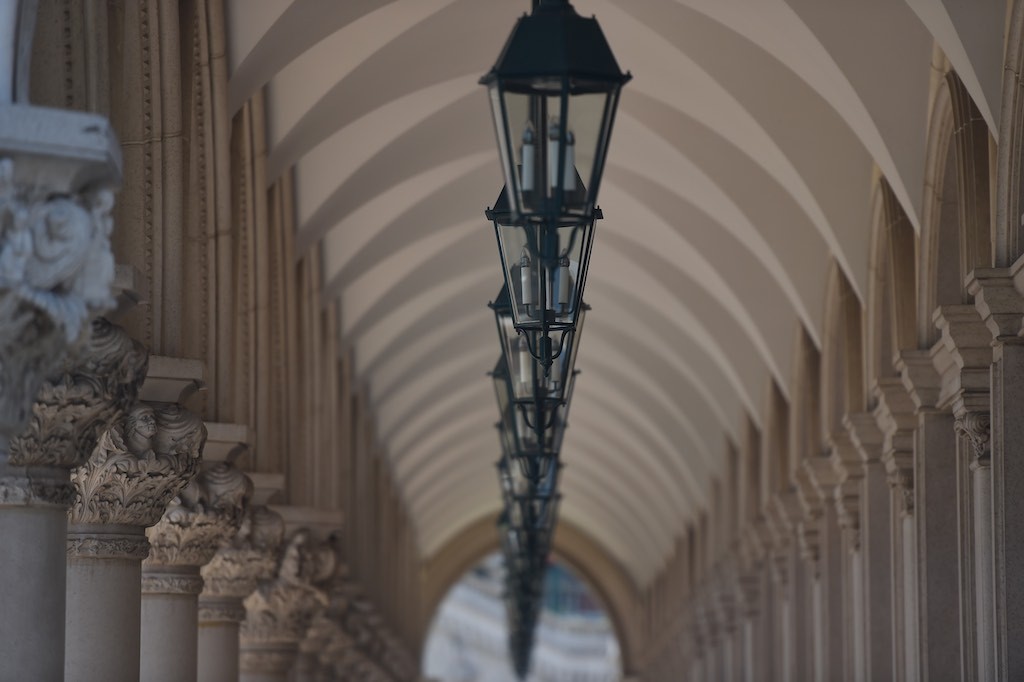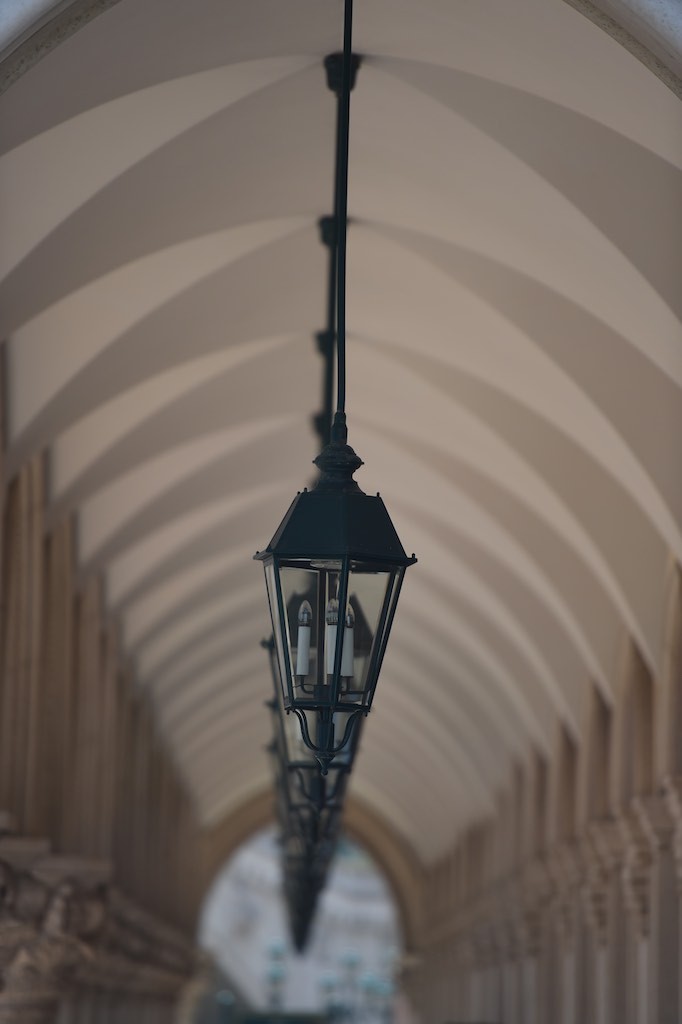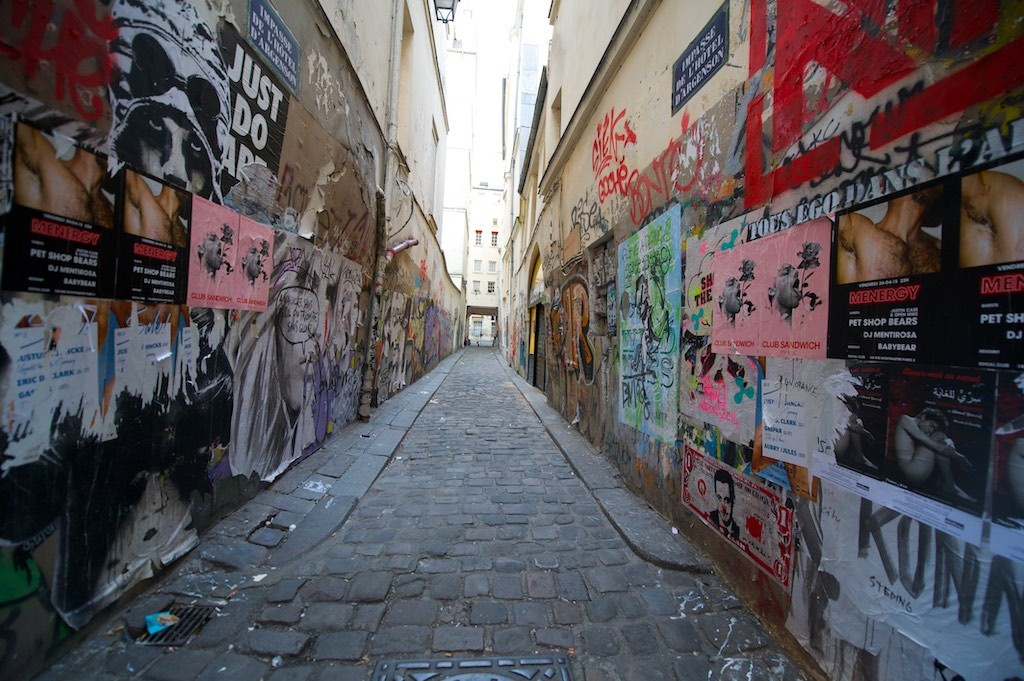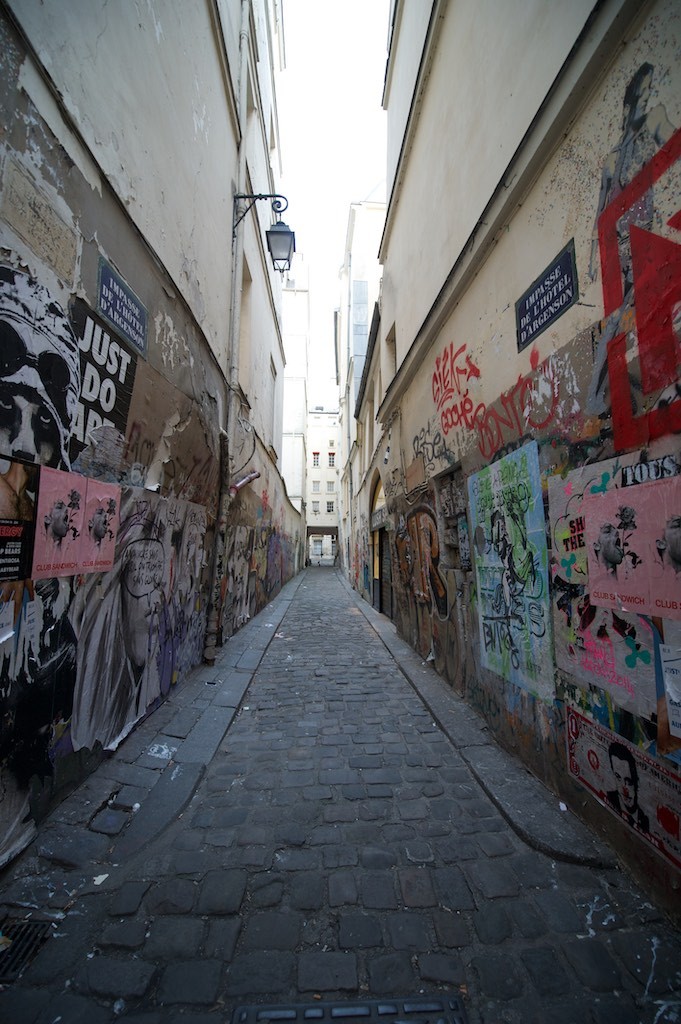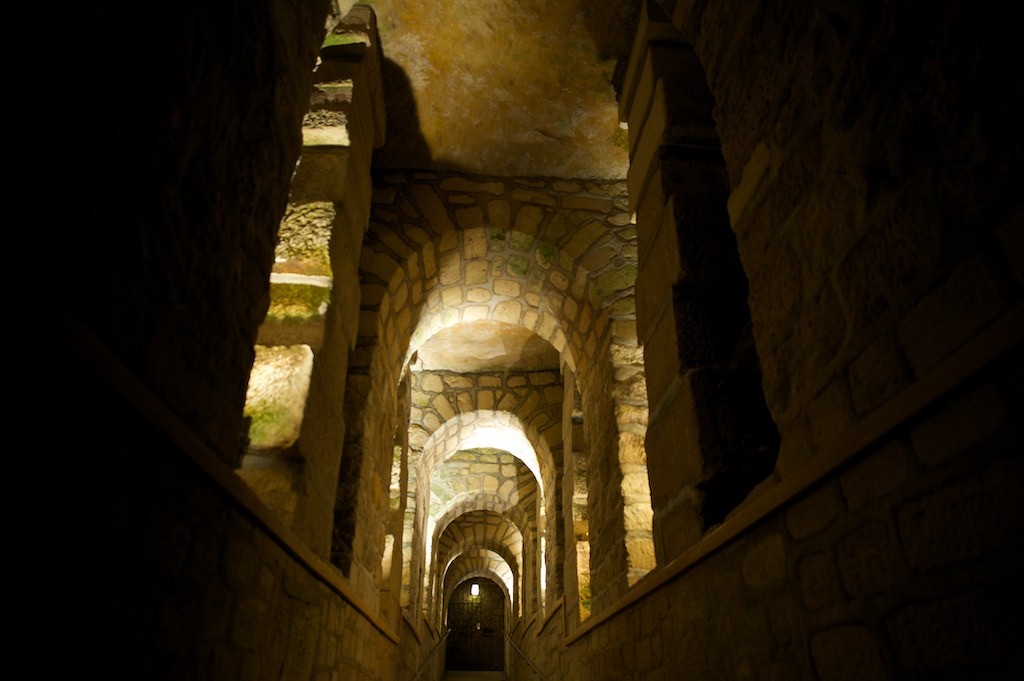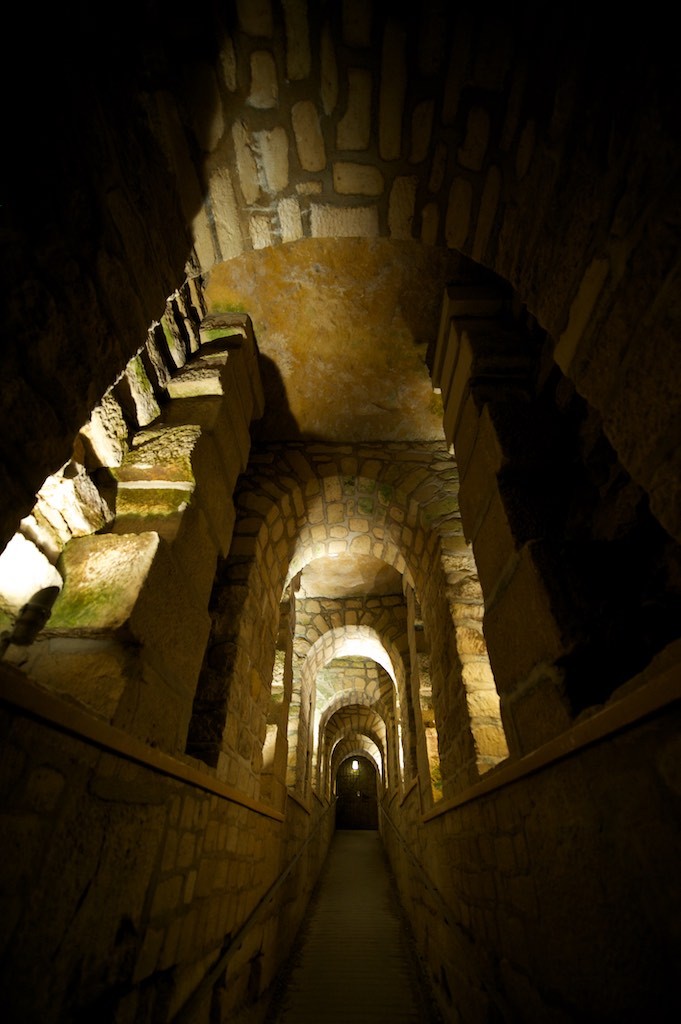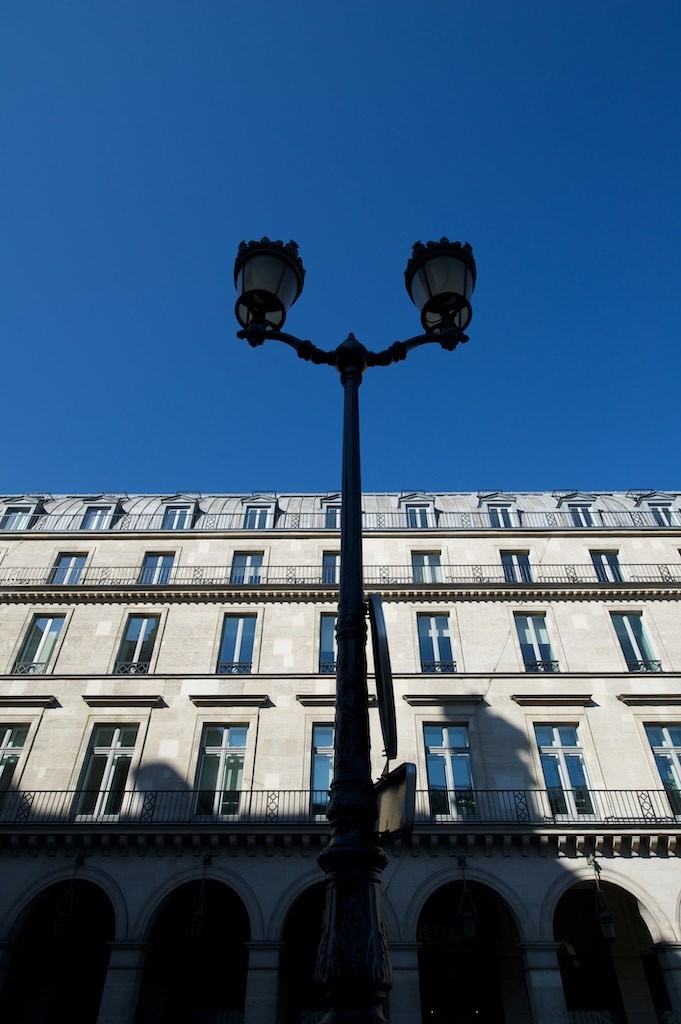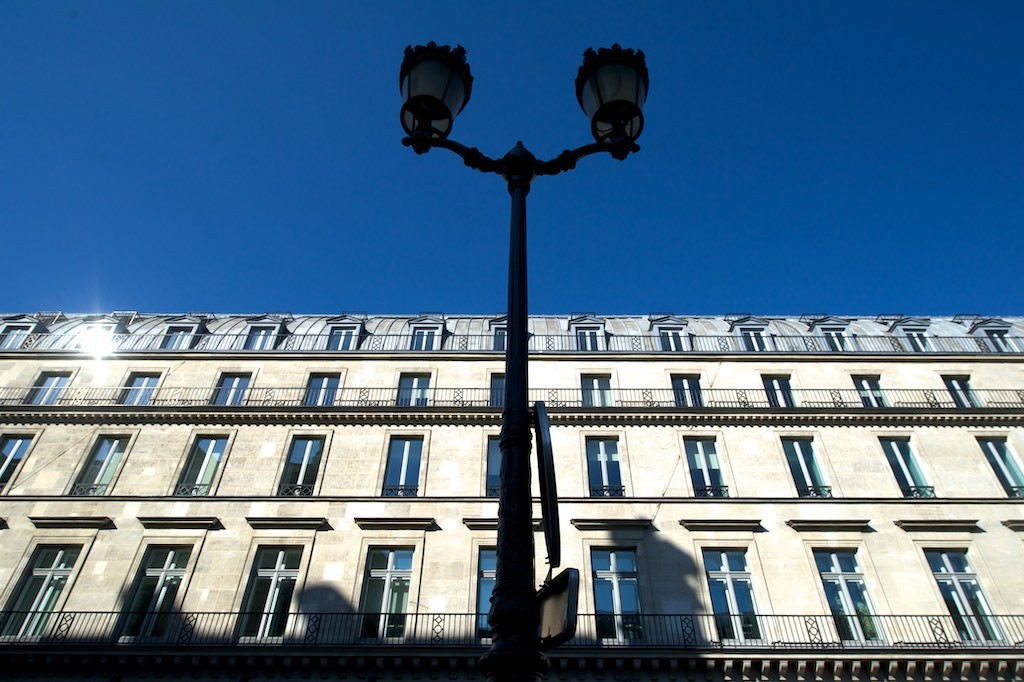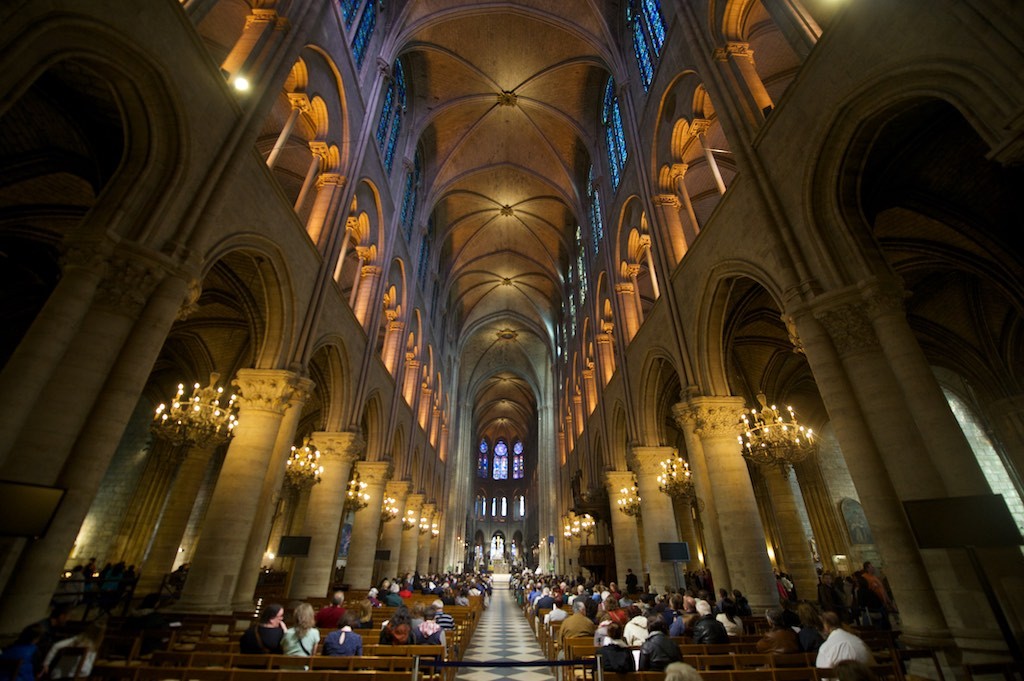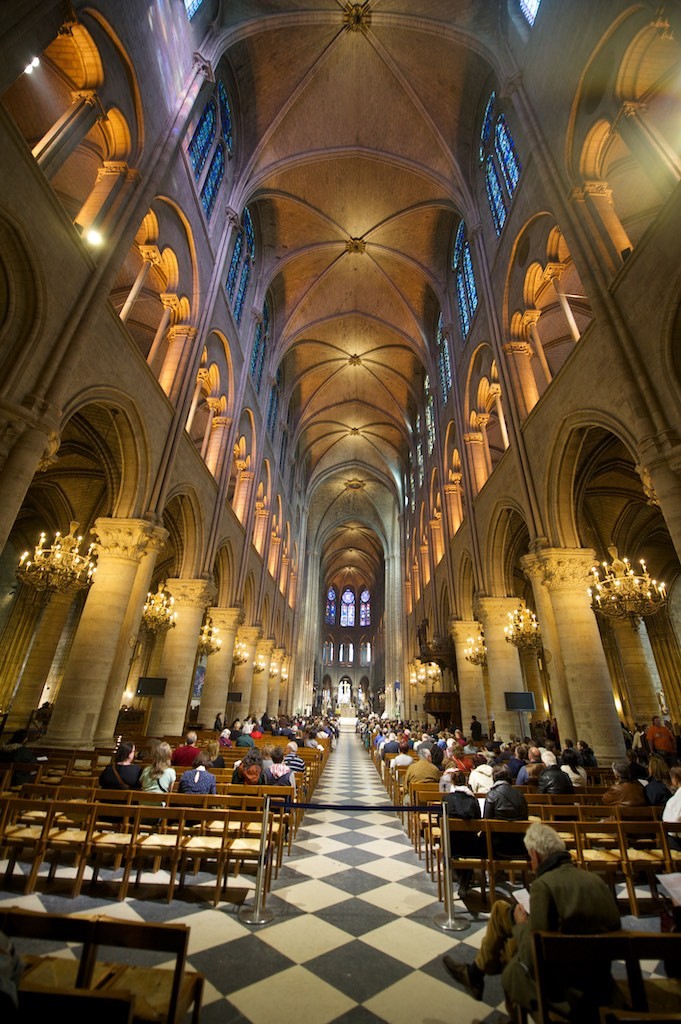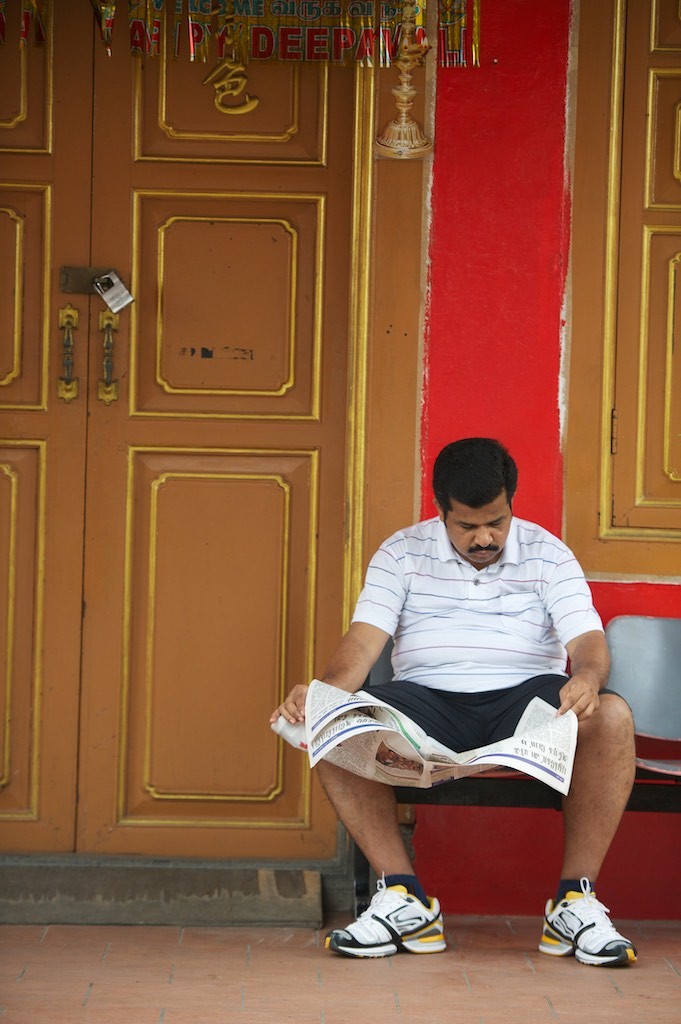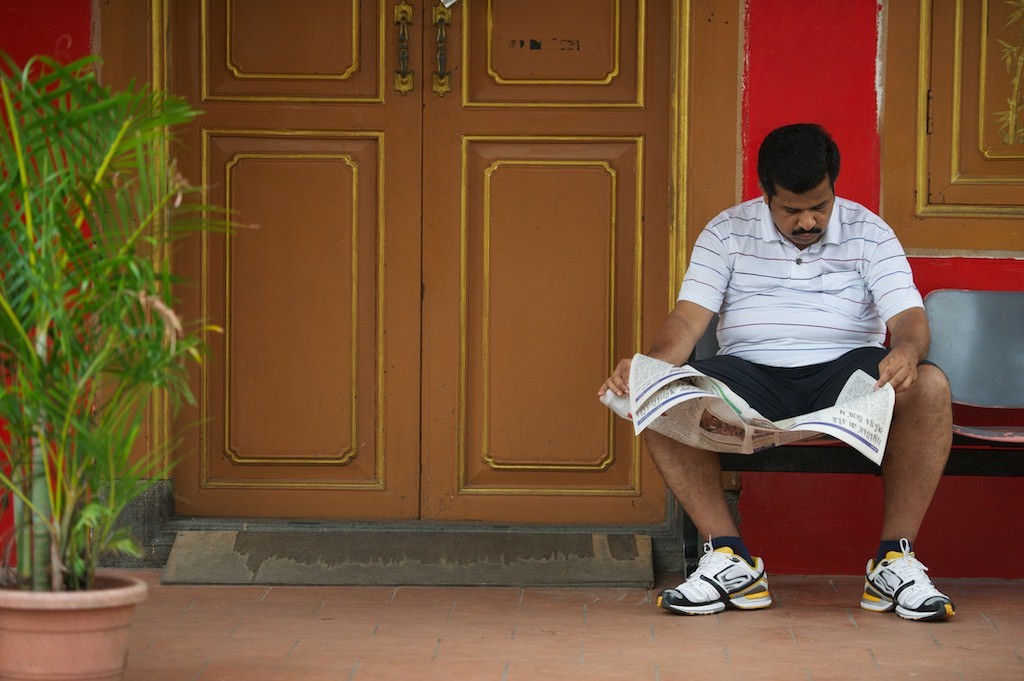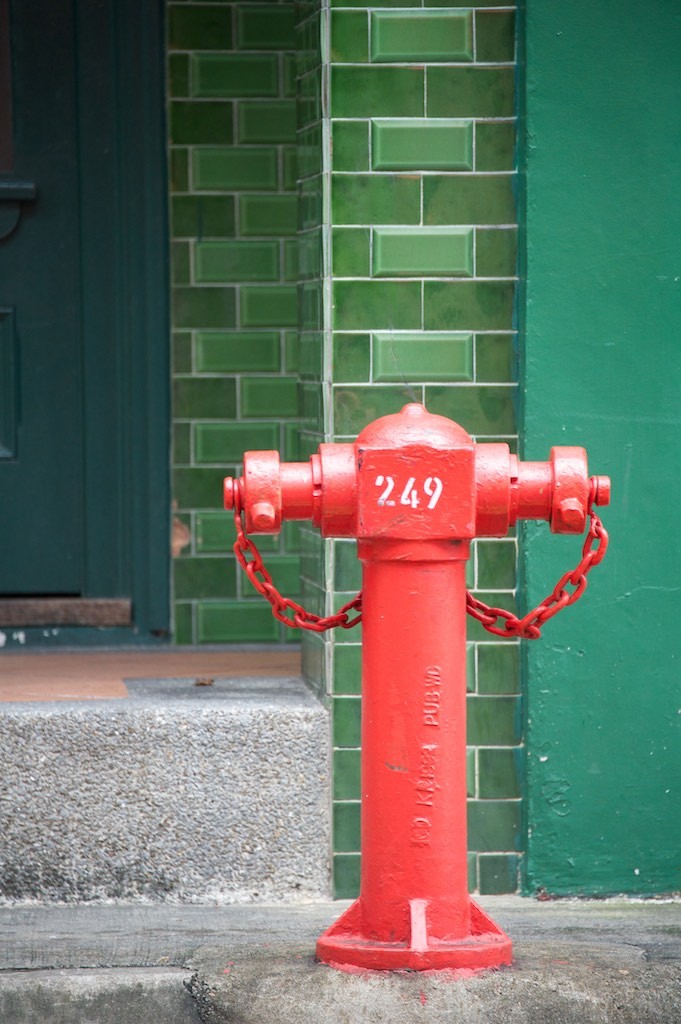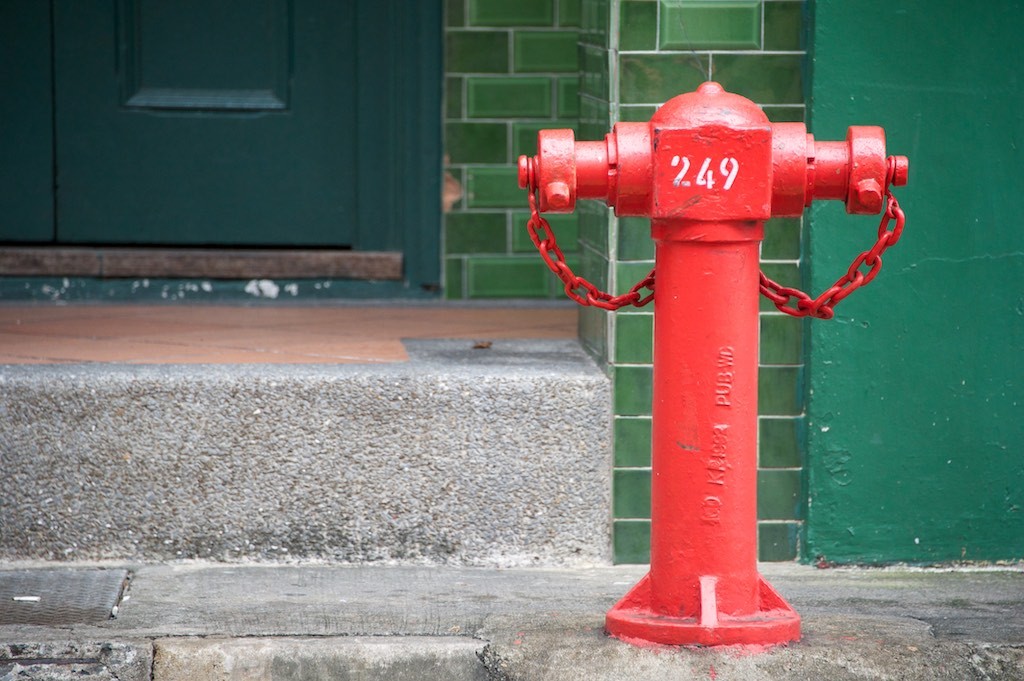Most images that the amateur photographer captures are in the horizontal (otherwise known as landscape) orientation. Why is this? Simple – because that is the way we naturally hold the camera. Think about it. Many photos or video captured with mobile phones are captured in the vertical (otherwise known as the portrait) orientation. That is because this is how people commonly hold their phones.
People forget that, when they go to watch that video they just captured from their phone on their computer screen or TV, that most of the screen will be black bars in either side of their image. So when capturing video, keep your camera (or your phone) in the horizontal format. But when using your camera to capture images instead of video, don’t forget to try the vertical format.
Many professional models of cameras even have an extra shutter release button built in for more comfortable vertical shooting. Quite a number of cameras allow you to attach an optional vertical grip that has an extra shutter release button so you don’t get a sore wrist when capturing a lot of vertically-orientated shots.
I have been called upon to judge a number of amateur photography competitions and the vast majority of images that are submitted are in the horizontal format. The photographers who have more experience tend to submit both formats.
Horizontal & Vertical Images Elicit Different Emotions
First of all, we need to understand that the two different formats tend to elicit different emotions in the viewer. This is very important because if we are trying to capture an image of a person and suggest strength or tranquility we need to be aware of which format, vertical or horizontal, will help us convey each of these feelings.
Images that have been captured in the horizontal format tend to elicit feelings of calmness, tranquility or serenity. So if I have a scene in front of me where I am trying to convey these emotions, I will definitely capture the majority of my images in the horizontal format. I am not saying that if you capture an image in the horizontal format, the image will make the viewer feel calm. There are plenty of horizontally orientated images that can make the viewer feel all ranges of emotions. What I am saying is if you want the viewer to feel these calming emotions horizontal is better than vertical orientation.
The horizontal image with the boat conveys a sense of calm and tranquility. A similar image in the vertical format has a bit more tension. Perhaps it is because the viewer must look up and down the vertical format or perhaps it is because there is less space in front of the boat which creates tension.
On the other hand, vertical photographs tend to give the viewer a sense of strength and possibly tension. If I am capturing a portrait of a person and I want to convey the feeling of strength, I will use the vertical format. Perspective also plays a role when capturing portraits. If I want to increase the sense of power with my portrait, I will adopt a lower viewpoint so the subject is looking down at the camera in a dominating manner.
The vertical image of the radar dish draws the eye from the bottom up to the top of the frame and creates a greater sense of power and strength. The viewer’s eye explores the horizontal image starting in the centre on the subject and then looks left and right at the other parts of the photo.
A reminder that the subject matter greatly affects the feelings that the viewer feels. So it is not to say if I capture an image of a yelling protester in the horizontal format, that the viewer will feel calm. I just need to be aware that my image of a yelling protester may have more impact if I frame it in the vertical format.
I captured both horizontal and vertical formats of this scene in a church but the image I prefer for the mood I was trying to set was the horizontal image because it was such a quiet place. The thing to remember is that when capturing images the vertical format gives an image a different feel than the same image captured in the horizontal format. Sometimes it is good to try both formats and see which one you prefer afterwards.
A Quick Exercise
Look though your images and see how many of them are captured in vertical orientation and how many of them are in horizontal orientation. Some photo management software that is used for organizing and editing photos will allow you to isolate the images you captured in either format.
You may want to look at the images even further. Of the vertical images, what type of subject were you photographing? Are most of your vertically formatted images portraits of people? Do you have any scenery images that are in vertical format? What about your horizontally-orientated images? Do you have portraits of a lone person in this orientation? Or are most of your images of people in the horizontal format of groups of two or more people? It is good to be aware of your shooting styles and preferences because it will help you learn what you can do to try something different.
Try using both vertical and horizontal formats when capturing portraits
As far as which type of lens you could use to capture these images, it really doesn’t matter. You could use any lens you want from wide angle to telephoto. However, I do find telephoto lenses better for isolating details and capturing images of people. Don’t be afraid to leave space in front of your subject when composing images in the horizontal format that you would normally compose in the vertical format (like portraits of people).
Workshop: Capturing Vertical & Horizontal Images
In this workshop you need to go out with your camera and for every subject you chose, capture it in both vertical and horizontal format. Don’t make the decision about which you like better based on the image on the back of your camera. Download the images to your computer and view them in full screen mode to get the full impact. Try to think about what emotions the different formats elicit in you when you view two images of the same subject captured in the two different formats.
